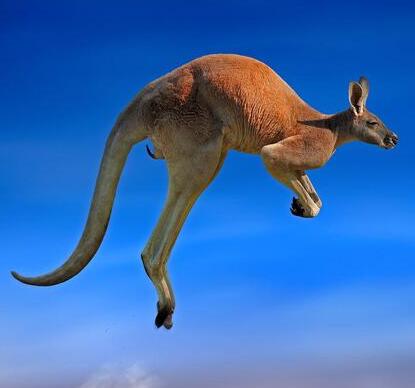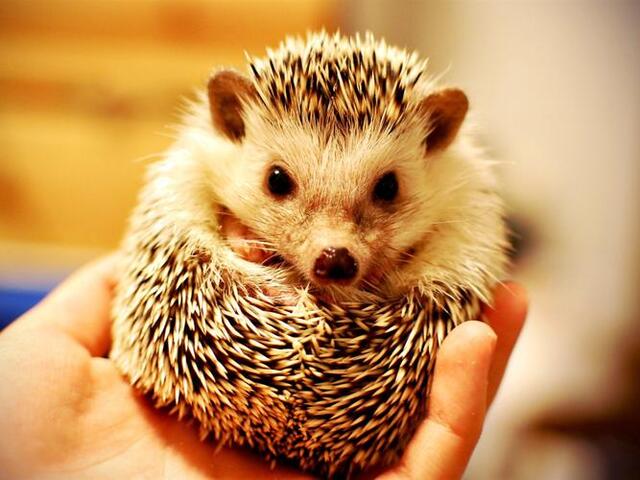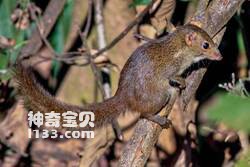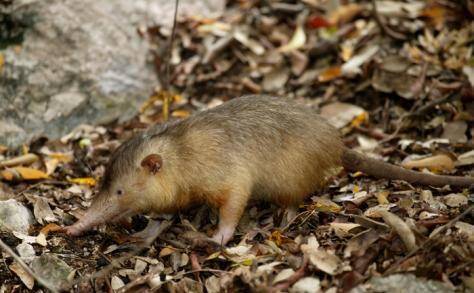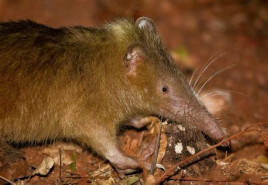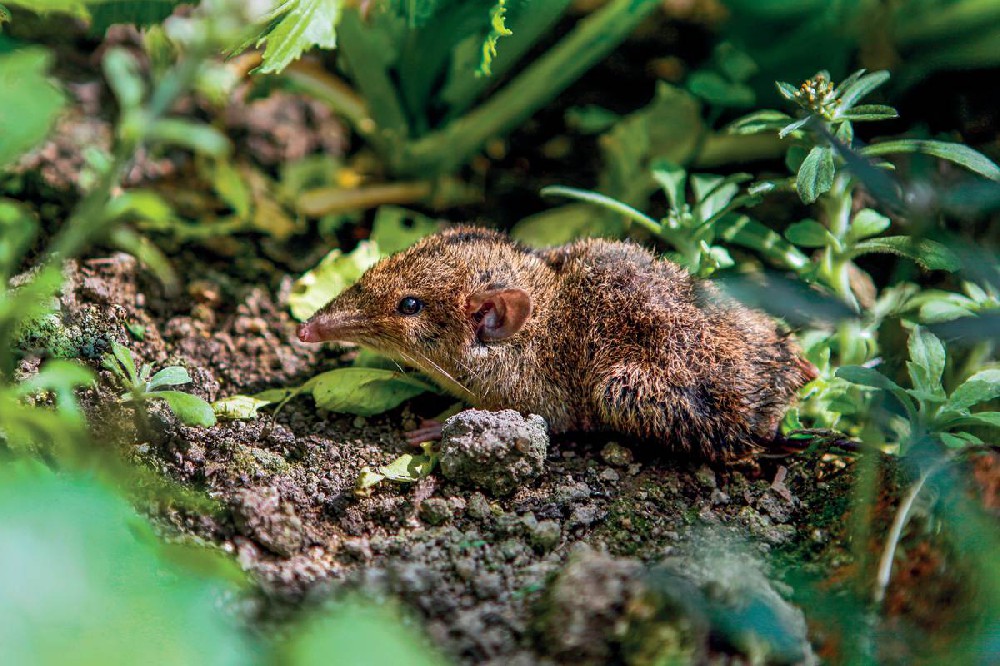Neohylomys hainanensis
IUCN
LCBasic Information
Scientific classification
- name:Neohylomys hainanensis
- Scientific Name:Hainan hedgehog
- Outline:Eulipotyphla
- Family:Eulipotyphla Erinaceidae Neohylomys
Vital signs
- length:123-146.5mm
- Weight:52-70g
- lifetime:No research data yet
Feature
Hedgehog without thorns
Distribution and Habitat
In China, it is only distributed in Hainan Island. It may also be distributed in the mountainous area of western Guangxi adjacent to northern Vietnam, inhabiting tropical rainforests and tropical secondary forests at higher altitudes. It is mostly active under mixed woods or among piles of rocks.
Appearance
This species is different from the hairy hedgehog in that its tail is relatively long, obviously longer than the hind legs but less than half the length of the body; it has three lower premolars, with a tooth formula of 3.1.4.3./3.1.3.3.=42, its head and face are mouse-gray with a slight brownish yellow tint, and its ears are dark gray. There is a black ridge from the top of the head to the base of the tail that gradually fades from dark to light, the base of the hair on the lower body is light gray, the hair tip is milky white, the upper tail is gray-black, and the lower tail is white. The skull is narrow and long, with obvious supraorbital protrusions, the brain skull is relatively flat, and the herringbone crest is well developed. I1 is long and pointed, slightly curved backwards.
It is nocturnal, terrestrial, burrowing, and not very agile. It feeds mainly on insects, and also eats a small amount of grass and seeds.
Details
The Hainan New Hairy Hedgehog is similar in appearance to the hairy hedgehog and the shrew hedgehog, and similar to the species of the genus Helminthus, all have shorter tails, hence the name "New Hairy Hedgehog".
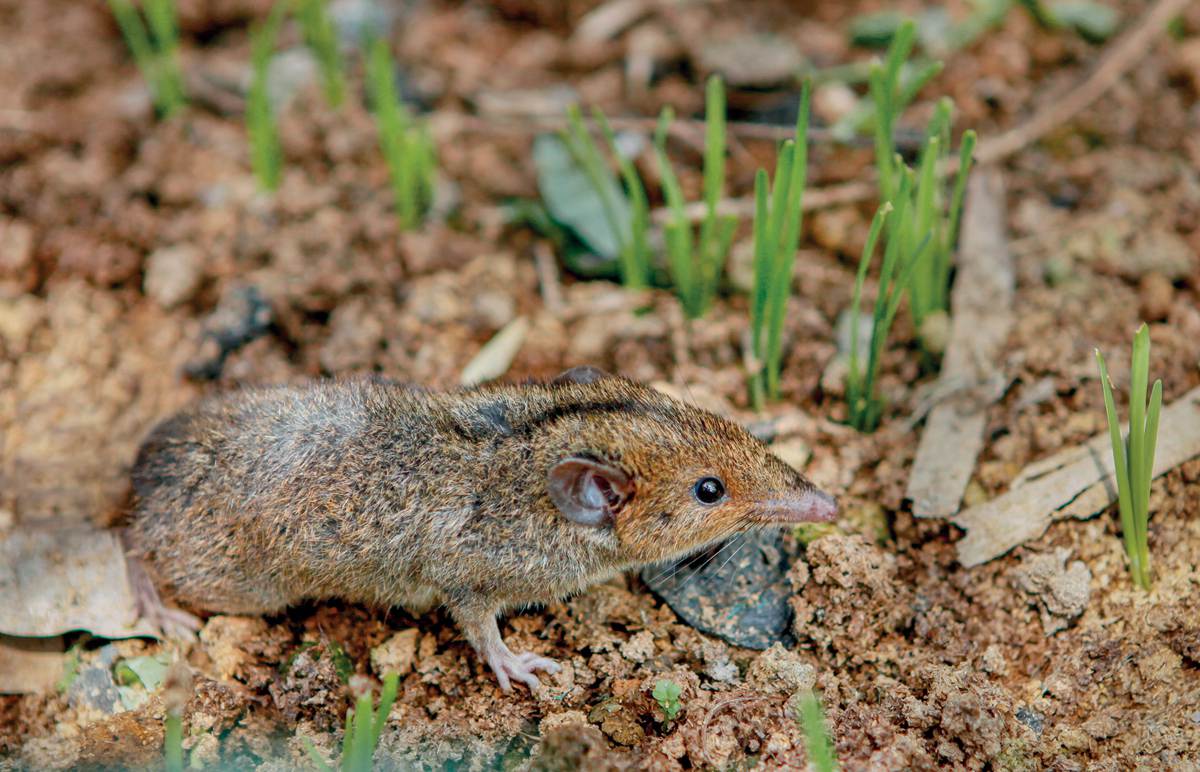
The Hainan New Hairy Hedgehog is the only living species of the genus Helminthus. Molecular biological studies have shown that Hainan Neohairhedgehog, Hedgehog and Shrew Hedgehog began to differentiate as early as 10 million years ago, supporting that they are each independent genera. This species has always been considered endemic to Hainan Island. However, in 2018, Russian scientists accidentally captured 5 Hainan Neohairhedgehogs during an expedition in northern Vietnam. These individuals have clear black stripes on their backs and their tooth patterns match those of Hainan Neohairhedgehog. The formation history of Hainan Island is relatively complicated. In the past hundreds of thousands of years, there have been many "sea retreat" events: that is, due to the cooling of the global climate and the drop in sea levels, the island and the mainland have been connected by "land bridges" many times. Therefore, the mammals of Hainan Island have many similar or even identical components with those in South China and even northern Vietnam. It is not clear when this species migrated between northern Vietnam and Hainan Island. It is speculated that this species may also be distributed in the western mountainous areas of Guangxi adjacent to northern Vietnam.
Hainan New Hairy Hedgehog is a hedgehog without spines on its body, with a pointed and long mouth. This species is a relatively primitive insectivorous hedgehog, with mouse-gray fur and a slight brownish-yellow hue. This nocturnal animal, which looks a bit like a vole, is only distributed on Hainan Island. It mostly lives in tropical rainforests and tropical secondary forests at higher altitudes, often under mixed woods or in piles of rocks.
The IUCN/SSC Insectivore Specialist Group (1995) believes that due to the pressure of deforestation and agricultural development on Hainan's forests, it is listed as endangered according to the new IUCN standards B1 and 2(c). Since the new standard does not have a "rare" level, and the endangered status of this species is actually different from the "endangered" in the strict sense, it is still classified as rare here.
Protect wild animals and eliminate game.
Maintaining ecological balance is everyone's responsibility!

